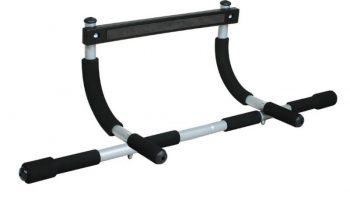Not only the smile lines and gray hair, but aging also brings significant changes that you can both see and feel. As you become older, you’ll feel the apparent decrease in flexibility, stability, speed, strength, and endurance. You can see the most significant change in your physical goals. The chance of encountering specific health problems is also higher since we are getting old.
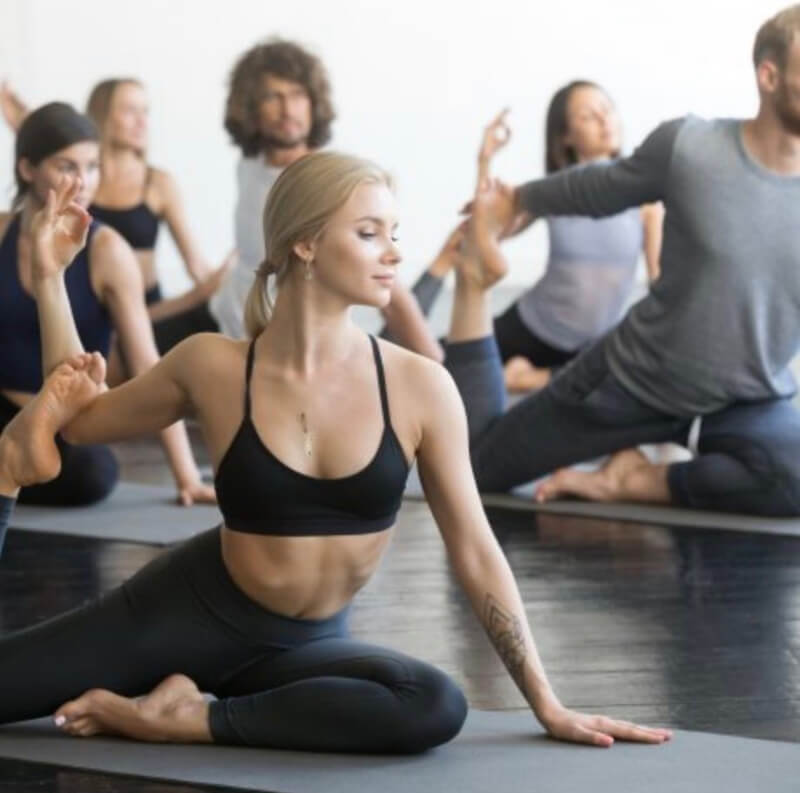
However, you can do a lot of things to reduce the impact of aging on your body. One of the best effective ways is doing yoga. This is an excellent anti-aging method that you can practice anywhere without any special pieces of equipment. It also benefits your overall health, relieves symptoms, and even improves medical treatments.
This article today will help you have a closer look at the most 20 amazing benefits of yoga in retaining your youth.
Benefits of Yoga for Healthy Aging
While different fitness trends come and go, but yoga has been a rave for many years and shows no sign of losing its attraction shortly. Although ancient yoga was a spiritual practice, it has turned out as an effective means of boosting physical and mental well-being.
The poses and breathing techniques associated with the first practice of yoga help the body enhance strength, harmony, and awareness. In modern practicing, it becomes an effective solution for many health problems like anxiety, insomnia, and stress.
Below are the most positive effects that yoga can bring to you.
1. Osteoporosis/Osteopenia
When you are getting old, your bone density decreases. That is the leading cause of osteopenia or osteoporosis, which means their bones are more likely to fractures. However, yoga can help you solve that problem.
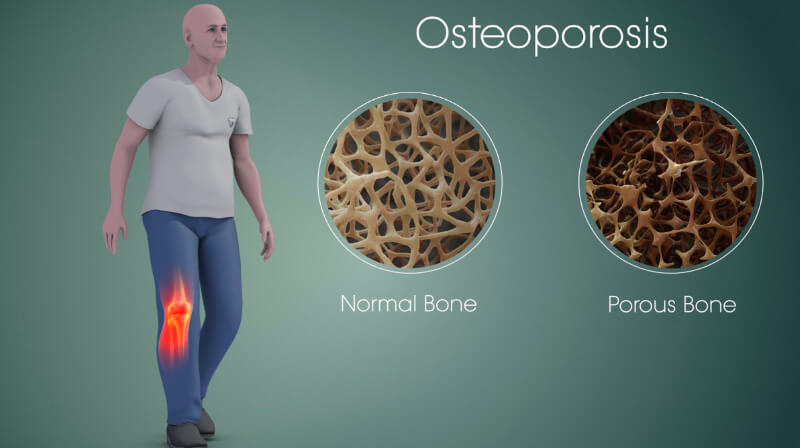
Weight-bearing lunge poses, like Warrior I, Warrior II, and Side Angle Pose, are some of the best weight-bearing lunges poses that can naturally increase bone density. They can support the strength of your hip and leg. Meanwhile, crane, tree, and Warrior III poses improve your balance and avoid falls, the cause of fractures in already-brittle bones.
However, since your bone is fragile, you should ask your physician for the right practicing plan.
2. Arthritis
According to some recent research, practicing yoga usually can aid in reducing arthritis pain. Yoga can remove the pains in hands, knees, wrists, or elbows. Not only can lessen the stiff and creaky feelings, but it also can improve joint flexibility as well as reduce inflammation.
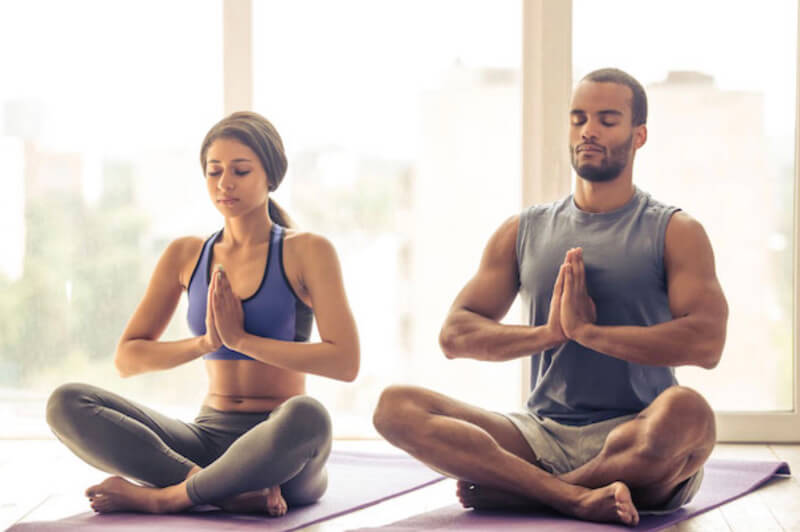
With regular yoga practice, you can feel a significant decrease in pain in some common locations. A simple tip for you to decrease the arthritis pain is avoiding using your hands and wrists to carry weight.
3. Spinal Stenosis
If you have spinal stenosis, yoga practice gives you the best support in pain relief. Spinal stenosis can squeeze your spinal cord and lead to severe pain as well as numbness. It has a terrible impact on your hips, legs, which will negatively affect your daily life.
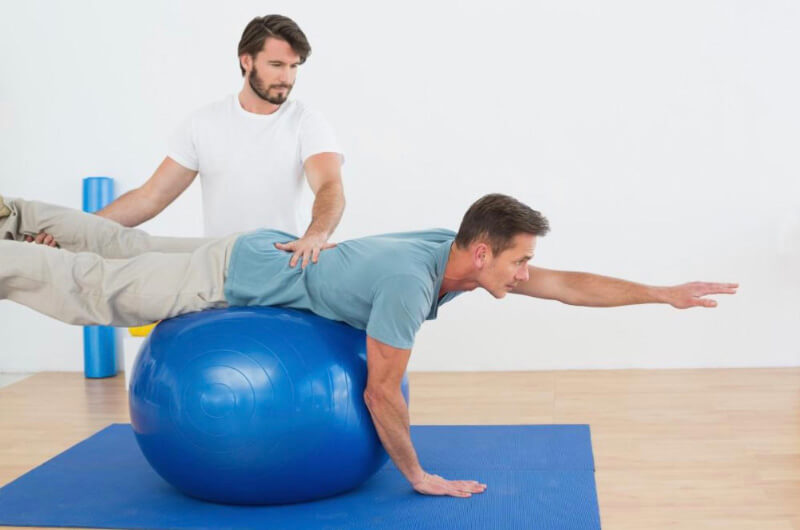
When you practice yoga, folds and side bending poses can lead to significant relief. However, you should avoid back-bending poses as well as forward folds since they might hurt your spine and make it worst. And don’t remember to tell your teacher about your condition and ask for advice.
4. Disc issues
Herniated, bulging, or slipped discs are common issues that can cause pain in your spine. The radiating pain limits your movements in daily activities and affects your posture.

As you might know, yoga is a powerful ally to help you fight against disc issues. Yoga poses aid to build core strength and flexibility in your spine to relieve the back pain. If you are suffering from disc pain, back-bending and other poses are the best for practicing since they can challenge your abdominal muscles and strengthen your hips.
5. Core Strength and Back Pain
Back pain is the most common issue that people encounter when they get old. While taking medication leads to many side effects, yoga is an effective remedy that has no downside. In general, every yoga poses can help you improve flexibility and strengthen the muscle.
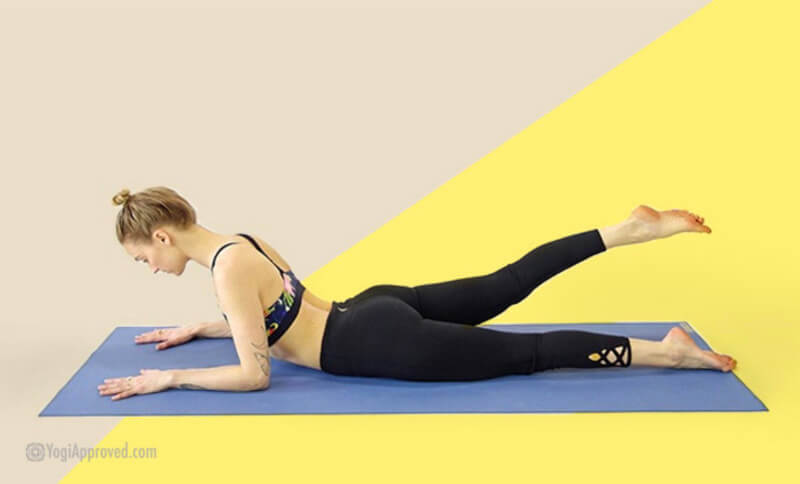
Specifically, the gentle stretching and cautious poses included in yoga increase the range of motions as well as make your body less stiff. Hence it will relieve and even remove the pain. Regular practicing also leads to better flexibility and strength that will reduce the risk of falls.
However, you need an experienced teacher to help you with the best yoga poses and injury avoidance.
6. Nerve Issues: Pain, Neuropathy
Weakness, numbness, cramping, or tingling in limbs, hands, fingers, and toes are some of the symptoms that you might see when your nerves are injured. Nerve issues can result from circulatory system issues. In some cases, neuropathy issues also can be a side effect of other diseases or injuries.
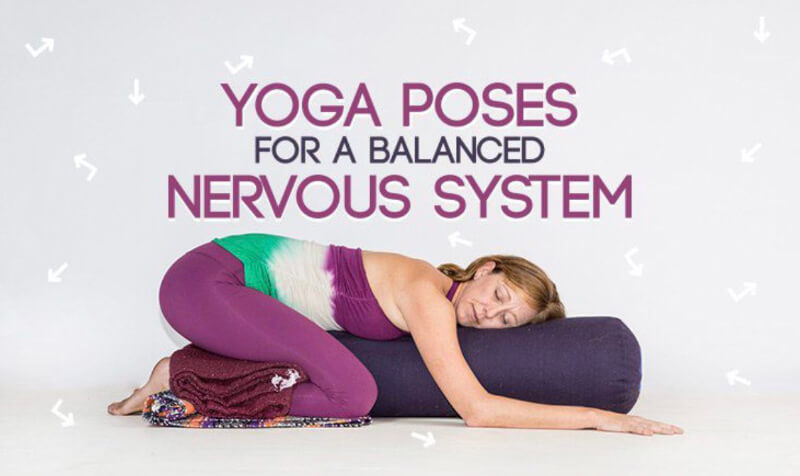
Doing yoga is an excellent way to improve your circulation. In yoga, you can hear the change of your body through every gentle movement. Try some slow, safe movements and focus on your body’s responses to find out which ones work for your condition.
7. Ligament Tears
The older we, the weaker our joints. And since we put more and more pressure on them, our joints are more likely to tear. Knees, shoulders, hips, and ankles are the most common parts of ligament tears.
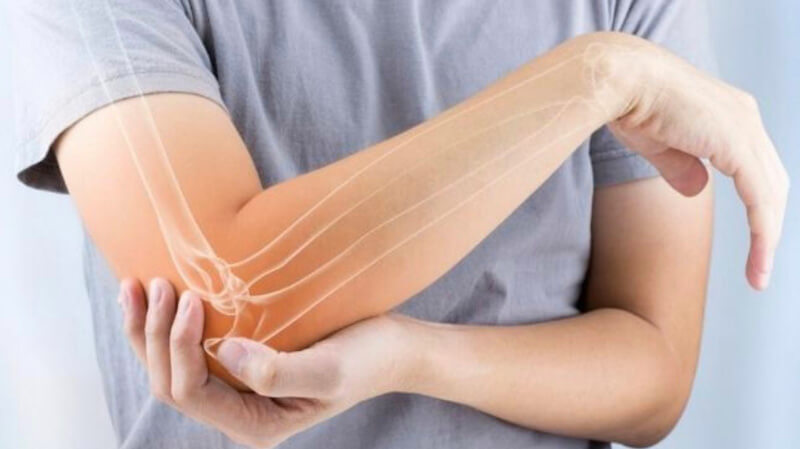
Yoga helps prevent ligament issues by supporting the strength of muscles around your joints. Many typical yoga lunges poses help strengthen your legs. If you are recovering from a ligament tear injury, yoga provides you with slow, safe, and adaptable movements that do not exacerbate your damage. A gentle practice also allows you to continue moving even amidst injury and even speed up the healing process.
8. Tendonitis
Tendon inflammation is often a temporary condition. However, it can lead to joint pain, stiffness, as well as unstable weight-bearing movements. Along with some resting days, yoga can be useful in healing tendonitis.
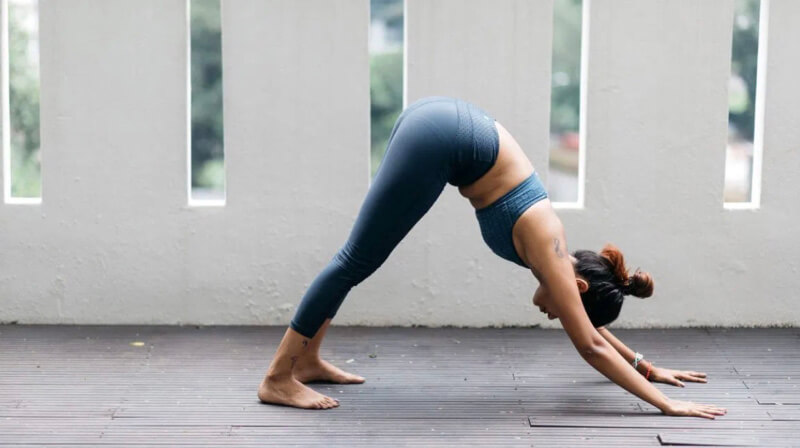
Yoga allows you to establish new movement patterns and follow them. Because tendonitis is often the result of repetitive movements, making a variety of new movements can heal the muscles around the tendon and inflamed areas.
Be sure to ask your home doctor or your yoga teacher for the right poses. Then follow their directions at home to avoid injury.
9. Myofascial tightening
Myofascial pain occurs when the muscles that support the shoulders and neck are overused or trauma. Losing flexibility in our muscles and connective tissue in aging is the cause of muscle tightness, which also leads to myofascial pain.

With a variety of exercises, yoga has some particular therapies that will stretch out the myofascial lines. Other gentle tissue poses can relieve pain and increase mobility. Regular stretching in yoga practicing can give you a fluid and flexible body.
10. Hormonal Changes/Hot Flashes
When women are in their menopause, they can encounter the problem of fluctuation in temperature. Since the levels of hormone changes and the body struggle in adapting, they will commonly suffer from hot flashes, the feeling of the warmth over their face, neck, and chest.

According to some studies, a therapeutic and supportive yoga practice can alleviate the symptoms of hormonal changes like hot flashes. Specific poses can reduce stress and boost the endocrine system. Hence regular yoga practice benefits middle-aged women.
A small tip for you is that you should dress in layers so that you can take off a shirt when you feel warm in yoga class.
11. Blood pressure
High blood pressure is one of the most common health issues that many adults suffer when they get old. While medications are expensive and hiding the risk of side effects, yoga is a perfect remedy to fight against high blood pressure.
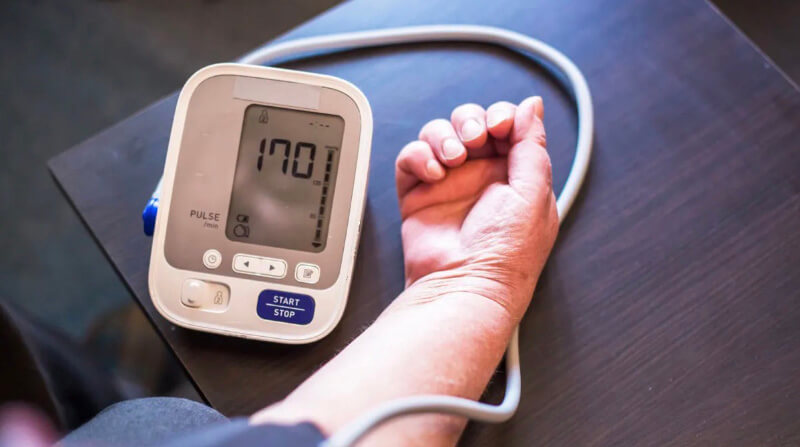
Some studies show the connection between stress and blood pressure. That blood pressure will increase during exertion or stress and decrease when your body relaxes. With the mental benefits, yoga can reduce the stress levels then the blood pressure in your body. Regular and suitable yoga practice not only can enhance your circulation but also benefit your overall health.
If you often have dizziness when suddenly changing your postures, you should avoid sequences that require you to transform quickly from standing to folding.
12. Asthma
As we age, we are more likely to encounter lung issues like asthma. Although many kinds of anti-asthmatic drugs are available, people still seek less expensive and side effects. That is where yoga comes as a perfect treatment.

With yoga-practicing, your heart beats relatively low. You will also learn how to control your breath to inhale and exhale at a specific pace. A daily practice of suitable postures and breathing techniques for 15-20 minutes will considerably lessen the risk of an asthma attack and may even help you get rid of it.
13. COPD, Chronic Bronchitis, and Emphysema
Chronic bronchitis and emphysema are two common respiratory conditions that are parts of Chronic obstructive pulmonary disease (COPD). Both of them cause breathing problems and prevent you from doing cardiovascular activities.
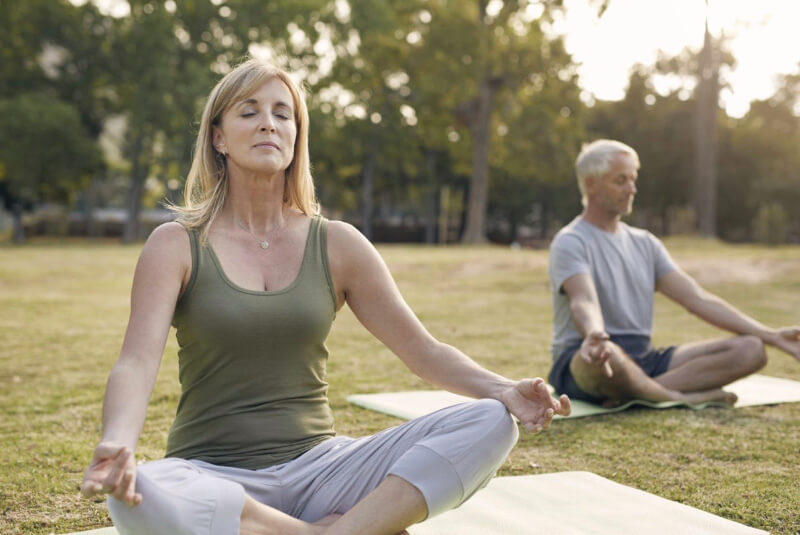
Since yoga has a low impact, it is a helpful practice if you encounter COPD problems. Moreover, yoga-practicing often includes pranayama or breath techniques. Having inhaling and exhaling practicing can benefit if you have a chronic lung problem since breathing exercises can potentially improve the strength of muscles used in respiration.
14. Insomnia and Sleep Issues
As we age, many of us have insomnia and other sleep issues. Many people wake up in the middle of the night and cannot fall back to sleep. Others have problems with short periods of sleep or difficulty in falling asleep. Yoga is a perfect meditation for middle-age people and especially the old.
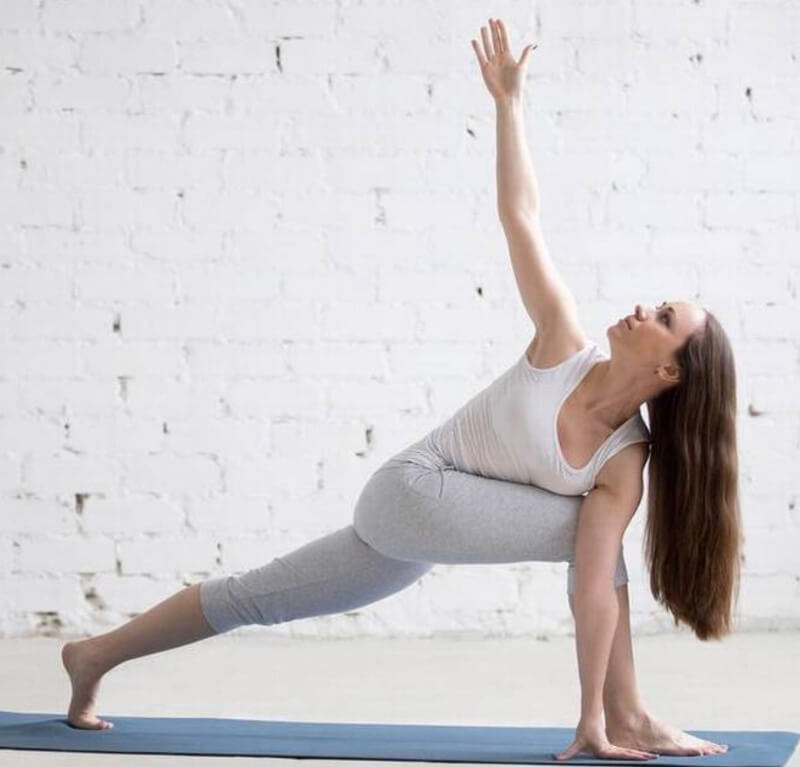
The technique of intentional and slow breathing can calm your mind and have a relaxation effect. A slow yoga and stretching habit can help enhance drowsiness and tranquility. When performing yoga daily, people who have insomnia will have longer sleeps, fall asleep faster, and easier get back to sleep if they wake up in the middle of the night.
15. Weight Maintenance
Yoga may also be an effective method to help you with weight loss, especially the active forms of yoga. Active, intensive yoga-practicing helps you burn more calories than gyms or walking. Some kinds of power yoga make you move almost constantly, which helps you with calories burning. This may help control and reduce your weight.
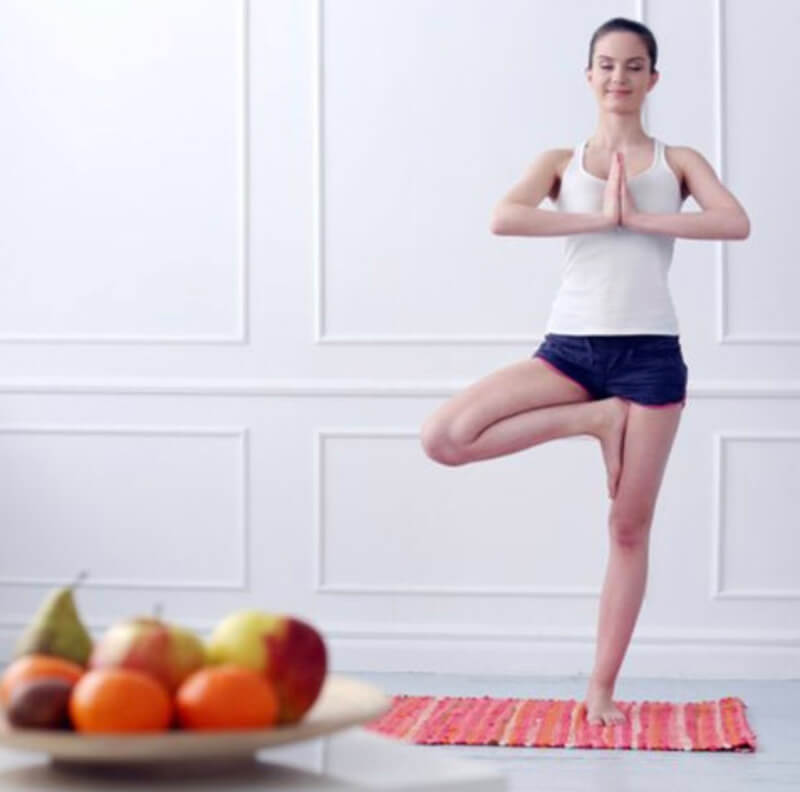
The more often you practice yoga, the faster you can lose weight. You can do a more active, intense exercise at least three to five times a week in at least an hour. On the other days, you can balance out your body with a more relaxing, gentle class.
16. Mental Control
Yoga is the art of harmonizing the mind and body. It’s about controlling your mental state and relaxing at that moment.
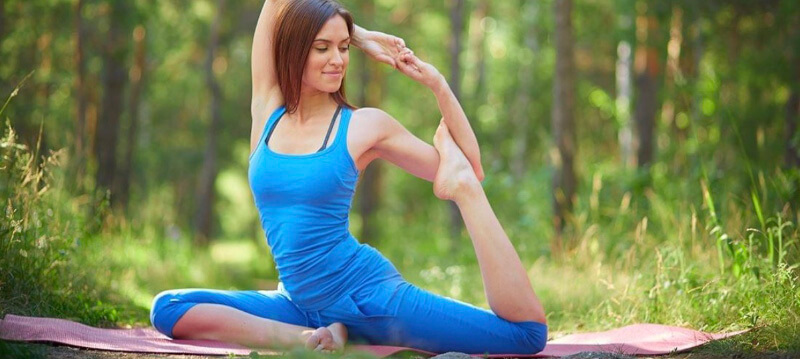
An essential technique of yoga is controlling your breath. Breathing exercises (pranayama) can help quiet the mind’s chatter. Inhaling and exhaling at a specific pace can also prevent your mind from wandering around. It can bring you the improvement of focusing and working effectiveness.
Some practices also incorporate meditation, which allows you to control your mind. After the meditation, your mind becomes quieter and less disturbed. You will find yourself calm and powerfully take charge of everything.
17. Improving Mood
Experts say that frequent yoga-practicing generates endorphins, a natural chemical that acts as a happiness booster. Yoga also increases GABA to help calm nerves. Hence doing slow breathing, gentle stretching, and relaxing in yoga can improve your mood.
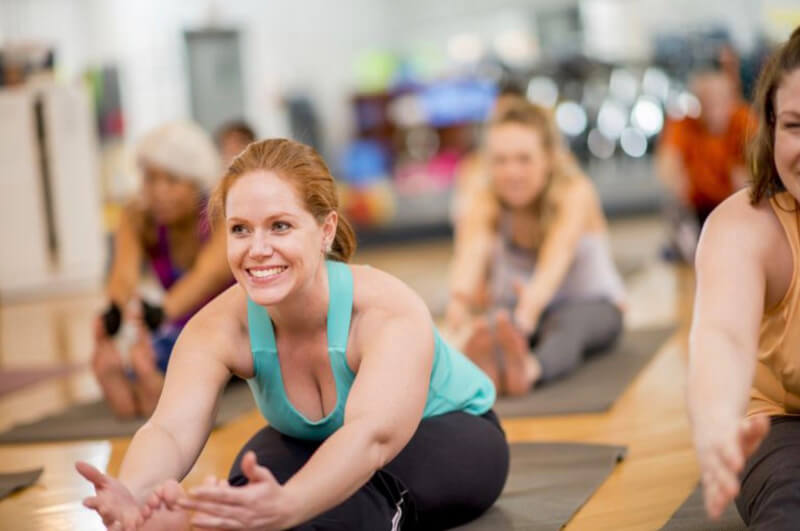
Moreover, if you go to a yoga class, you’ll have bonds with your instructor and classmates. These social relationships are the motivation for you to follow the course and enjoy the process. It is also great for boosting your mood, which plays a vital role in staying young and healthy.
18. Boost Balance
When you participate in a yoga class, you will learn how to spread your toes, lift your arches, or distribute your weight between the balls of your feet and your heels. Those simple techniques benefit you to stand stronger and avoid falls in any real-life situations, especially with women who usually wear high heels.
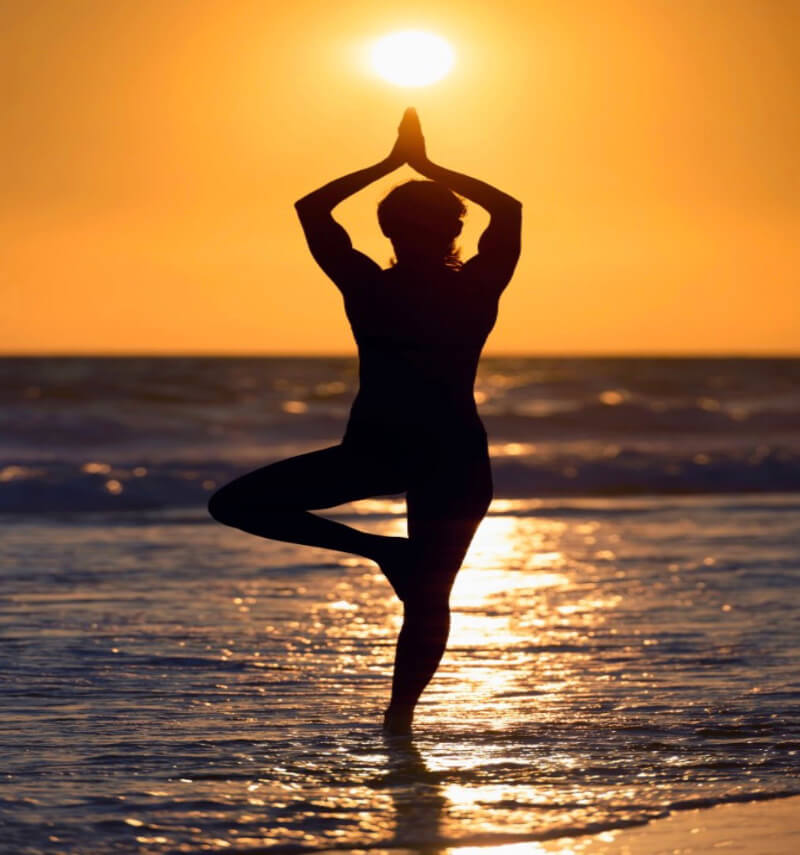
Similarly, using hands for weight-bearing is another useful trick you will learn at your yoga class. It will help you aware of your arms, shoulders, and hands’ strength. These simple but essential skills are proper preparations for you to encounter the fluctuations of life.
19. Flexibility Improvement
Yoga is not just stretching. It has a significant effect on both major muscle groups and deep-seated stealth muscles you might not be even aware of.
When you do yoga, you will experience various motions that address almost every muscle in your body. Training the muscles is essential to prevent the slowing down of your movements and also injuries.

Practicing a variety of stretch in different duration promote the flexibility of your body. It also prevents stiffness and increases your energy level. Since then, people who are doing yoga regularly look younger and more energetic than others don’t.
20. Chronic Illness
Practicing yoga can help people with chronic illness cope with different symptoms. Yoga is so adaptive that you can do it with any of your health conditions. You can choose to practice breathing techniques on a tiring day. Or maybe stretching will help you with the back pain.

If you are in the hospital fighting back a terminal issue, you still can do yoga on the hospital bed. This practicing does not require any special types of equipment so that you can do it wherever you want. It also helps you reduce the pressure of medication during the treatments.
Bottom Line
Yoga has anti-aging benefits that many people still not aware of. Practicing yoga on a daily basis can help you boost your health and prevent aging. However, you should ask your doctor to have a suitable exercise plan that fits your condition.
Hopefully, this article can bring you helpful information about yoga. If you think this information is useful, share it with the people around you. For any further questions, please leave comments below.
Thank you for reading!


